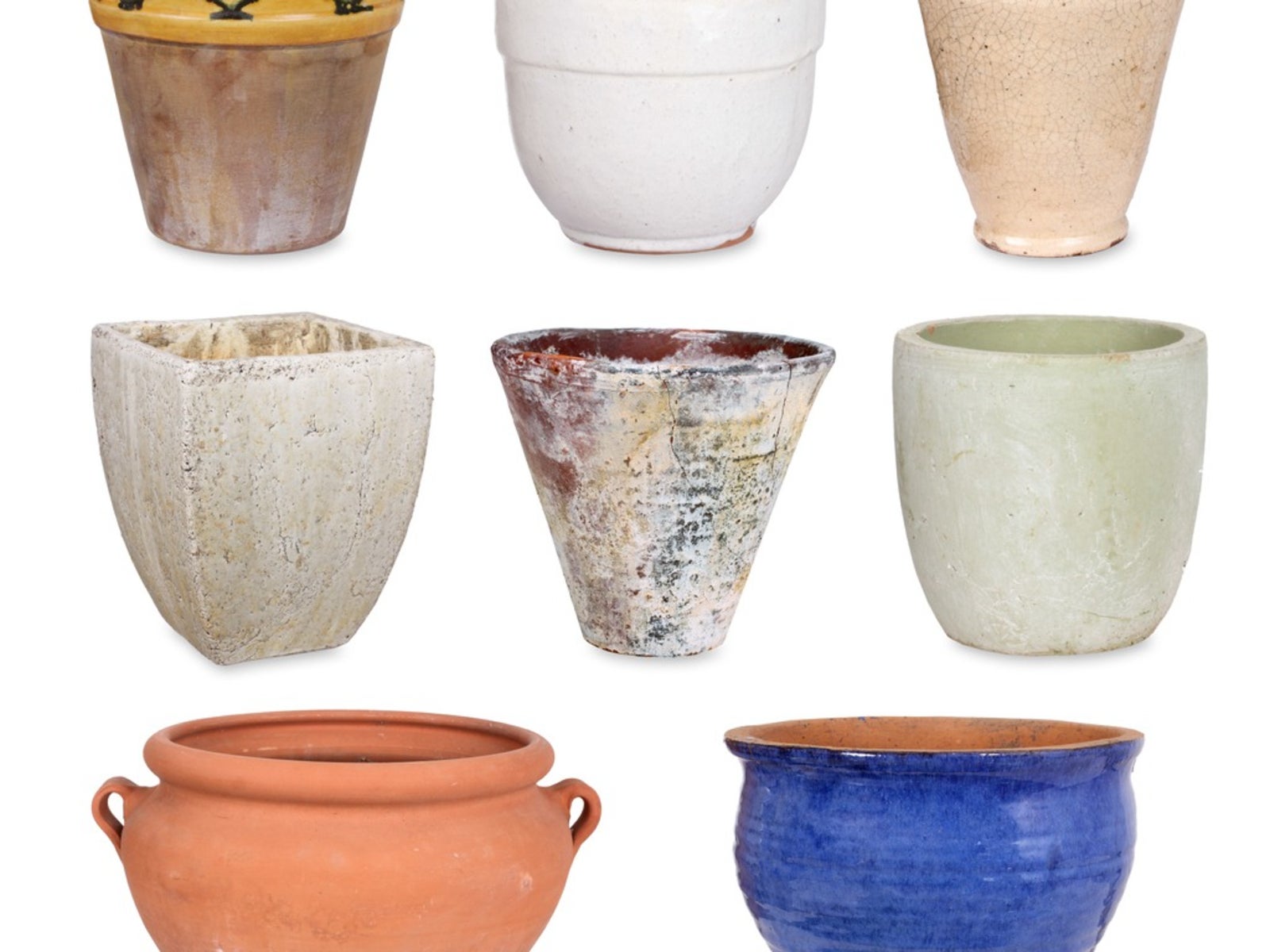Types Of Cachepots: How To Use A Cachepot For Plants

For houseplant enthusiasts, using double pots for plants is an ideal solution to cover up unsightly containers without the hassle of having to repot. These types of cachepots can also allow the indoor or outdoor container gardener to mix and match designs that complement their home, even throughout the seasons. Cachepot plant care alleviates many issues associated with growing potted plants.
What are Cachepots?
Many people are anxious to repot houseplants as soon as they get them home from the store. However, some plants are extremely sensitive, and repotting immediately can disrupt roots and over stress the plant. A better idea is to leave the plant in its original container and use a cachepot. A cachepot is a decorative planter that you can sit your potted plant inside without having to completely repot the plant.
Benefits to Using Double Pots for Plants
Cachepots are usually pretty and may be simple or elegant. These pots add a finished look to your plant. When you use a cachepot, you do not disrupt the plant roots or create stress for the plant. There is no repotting mess and you can move your plant to a new pot at any time.
There are many different types of cachepots including metal pots, baskets, wooden containers, fiberglass pots, terra cotta pots, and glazed pottery. Any bowl, pot, or container may serve as a cachepot as long as your plant will fit inside.
How to Use a Cachepot
Using a cachepot is as simple as setting your plant down inside the container. Be sure that the container is large enough to easily remove the plant if you need to.
If your cachepot has a drainage hole, you can slip a saucer under the pot to catch the water. Some people dress their plant up even more by adding a layer of Spanish moss to the top of the soil.
Cachepot plant care is easy. It is best to remove your plant before watering and allow the water to drain completely out of the plant before placing it back into the cachepot.
Gardening tips, videos, info and more delivered right to your inbox!
Sign up for the Gardening Know How newsletter today and receive a free copy of our e-book "How to Grow Delicious Tomatoes".
Now that you know how to use a cachepot, why not give it a try so you, too, can enjoy the benefits of this container gardening secret.
-
 Looking For Plants To Give You The Soft And Fuzzies? Try These 5 Fuzzy Leaf Plant Options
Looking For Plants To Give You The Soft And Fuzzies? Try These 5 Fuzzy Leaf Plant OptionsLovers of texture, drama, silver foliage and tactile plants will adore these special sensory garden additions. These fuzzy leaf plant options will leave you all aglow
By Susan Albert
-
 Get Ready For A Summer Of Hummers! Grow These Full Sun Hummingbird Plants and Flowers
Get Ready For A Summer Of Hummers! Grow These Full Sun Hummingbird Plants and FlowersIf you’re lucky enough to enjoy a sunny backyard, make sure you are maxing out on your pollinator opportunities and grow these full sun hummingbird plants and flowers
By Tonya Barnett
-
 8 Easy Care Houseplants That Live A Long Time
8 Easy Care Houseplants That Live A Long TimeClick here to learn about our 8 favorite low maintenance houseplants that can, with proper care, live a long time.
By Amy Grant
-
 How Often Should You Repot Plants?
How Often Should You Repot Plants?Escaping roots and shrinking leaves may mean your plant wants a new pot, but some like staying cramped and cozy.
By Mary Ellen Ellis
-
 Orange Flowering Houseplant Varieties With Tropical Flair
Orange Flowering Houseplant Varieties With Tropical FlairClick here to learn about some cheerful orange-blooming houseplants you can try growing.
By Mary Ellen Ellis
-
 Variegated Houseplants With Lovely Leaves
Variegated Houseplants With Lovely LeavesWhat are some of the best variegated houseplants to add to your collection? Click here to find out.
By Amy Grant
-
 Lovely, Lacy Indoor Foliage Plants
Lovely, Lacy Indoor Foliage PlantsClick here to learn about some houseplants with lacy foliage to add to your collection.
By Mary Ellen Ellis
-
 Best Christmas Houseplants And Plants For Winter Holidays
Best Christmas Houseplants And Plants For Winter HolidaysClick here for an idea of the best houseplants to use for holiday décor for Christmas, Hanukkah, Kwanzaa, and New Year’s.
By Laura Miller
-
 Best Big Houseplants To Create An Indoor Oasis
Best Big Houseplants To Create An Indoor OasisIf you have the space you may want to grow some large houseplants. Here are some ideas.
By Mary Ellen Ellis
-
 Relaxing Plants To Grow Indoors For A Calmer Mind
Relaxing Plants To Grow Indoors For A Calmer MindAre there houseplants that can help you to relax? Click here to find out.
By Laura Miller